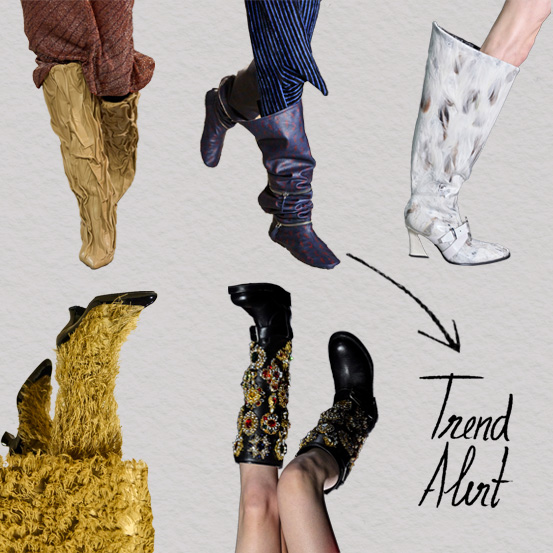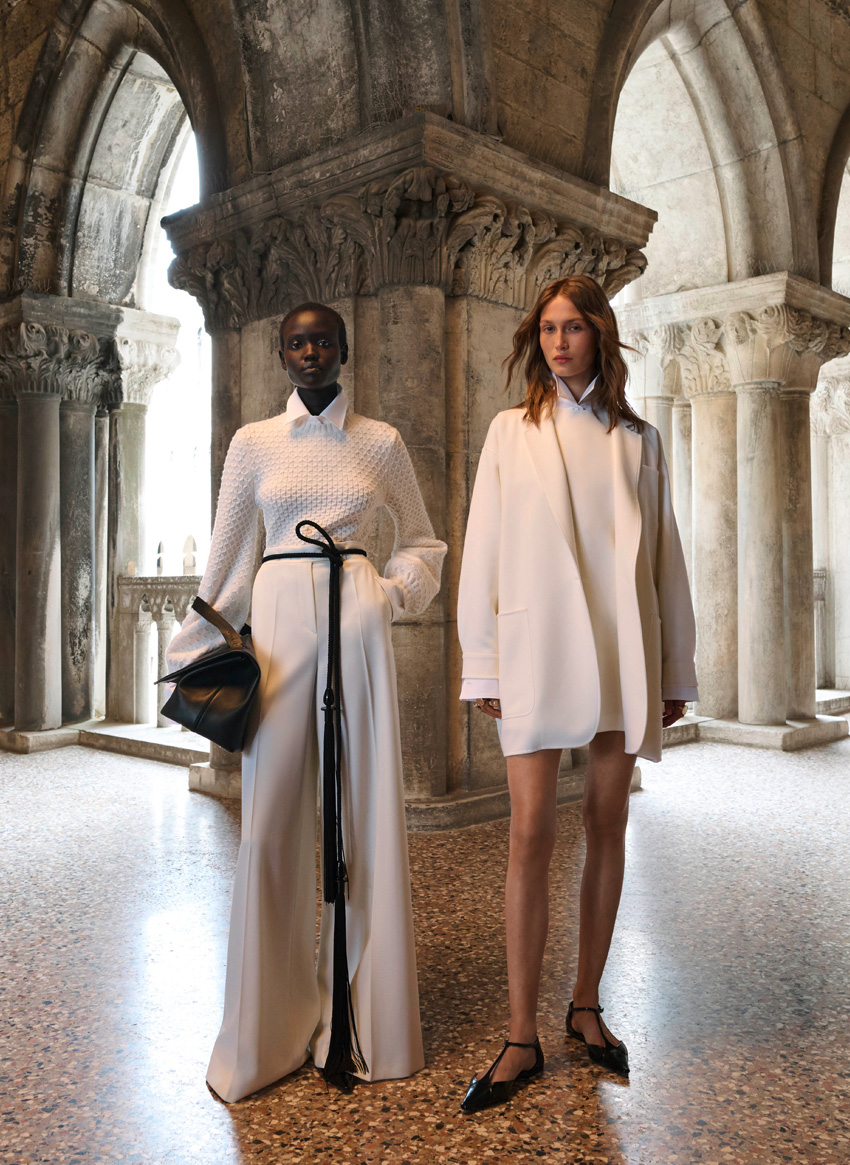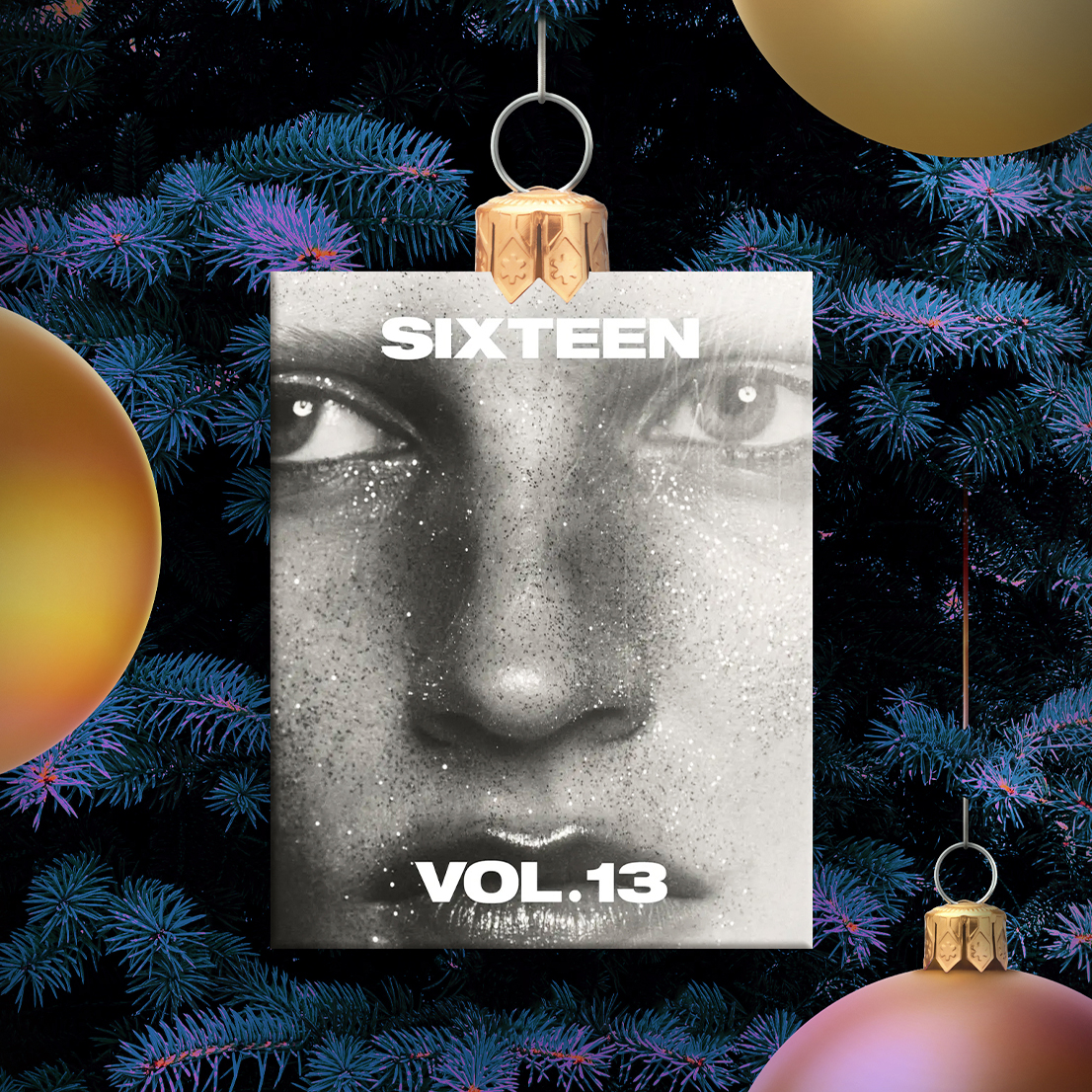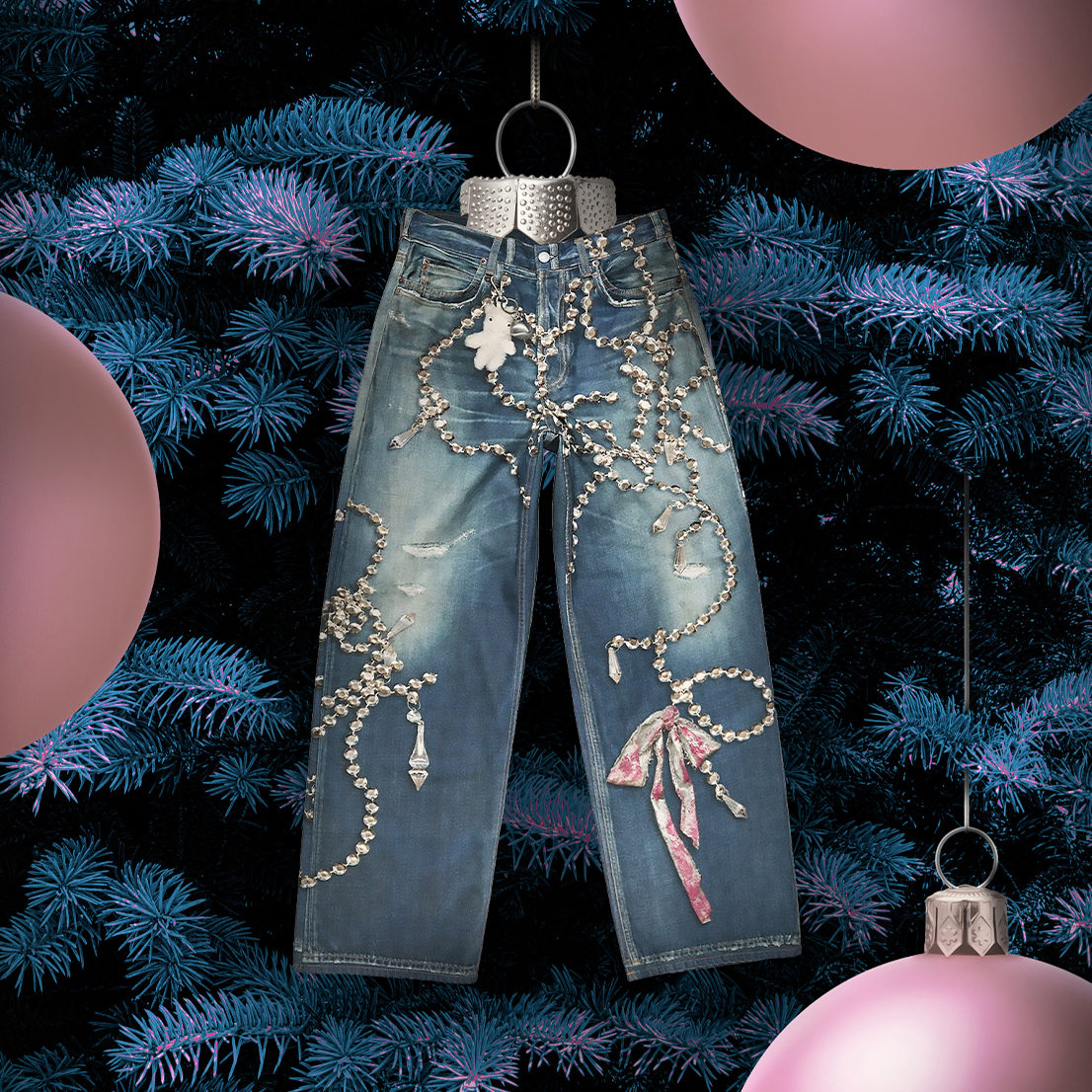The Icons Issue | Max Mara Cruise'25
What do Marco Polo and Max Mara have in common? A Resort 2025 that made an iconic city the trigger for a luxurious narrative.
You don't need big arguments to choose Venice as the starting point for a collection, even if Max Mara has them. Its canals and architecture have a magic from the past that remains palpable in modern times and Ian Griffiths, creative director of the Italian house, knew how to take advantage of this when he began to imagine the contours of the brand's Cruise line. In this destination built on a lake in Roman times, it is not only in its settings that Griffiths' Fashion ideas live: the British designer seeks in one of his most illustrious figures, Marco Polo (1254-1324), a series of curiosities to translate, in the most emblematic and contemporary way, in the silhouettes, in the details, in the history of a show that sees Polo as a source of iconic references. Griffiths is known for choosing historical women as central figures in his Resorts for Max Mara, so the choice of the merchant may seem sui generis, but it is not, if you know some contours of the character, whose 70th anniversary of his death is signaled this year: Marco Polo was open-minded, curious and tolerant, he was even suggested as one of the first feminists. His 13th-century travelogue, Il Milione, describes without judgment how the women and girls of Tartar surrounded horses as well as men and marvels at an Island of Women in India, where men were only allowed in three months of the year. Personalities like Marco Polo left women in charge while participating in years-long trade missions - one of the reasons why women in Venice were more privileged and powerful than anywhere else.
In this sumptuous and multicultural collection, these wandering steps of Polo, who spent 20 years in the court of Kublai Khan, in Mongolia, where, even today, wool and cashmere are produced, which were also traded on the so-called Silk Road, a channel for everyone the types of luxury goods. It is no surprise that the house's proposals for this Resort start with camel, black, white and brown and introduce silks in nuanced tones, like those that Polo could have brought from Cathay or Constantinople. From 'robes de chambre' to parkas, as well as trench coats and tabarri overcoats, the Italian house does not shy away from presenting the most imposing coats, as well as dresses for special occasions, also leaving space for elegant tunics, sharply cut suits and jumpsuits versatile, ideal for any trip and adventure. Oversized tassels, thick cords, extravagant scarf cuffs and velvet skirts stand out alongside a series of turban-inspired headwear created in collaboration with the legendary Stephen Jones.
The feminine references underlying the merchant do not exclude another “woman” who is central to the narrative: La Serenissima herself, the name given to the city of Venice, often represented as a woman, personifying justice, harmony, power, progress, loyalty and grace. As a trading post between East and West, the destination allowed the art and architecture of each to blend: pointed arches, elegant ogivals and lyrical frets produced a unique style with a magical quality and the stage for this performance - the iconic Palazzo Ducale -, which took place in June this year, is a business card that proves this. The author and art critic John Ruskin (1819-1900) declared the Palazzo and the beautiful lace of its galleries “the central building of the world”: a masterpiece of Gothic art, Ducale was imagined as a grandiose construction filled with ornamental elements, including its notable Renaissance insertions and sumptuous Mannerist features. The interiors, superbly decorated by legions of artists such as Titian, Veronese, Tiepolo, Tintoretto and Vittoria, offer extensive and exceptional tours, and these architectural references can be found in the textiles of this Resort 2025, which also features richly woven patterns with floral sprays styles and motifs associated with Zoroaster, Hinduism and the Chinese philosophical concept of Yin and Yang, as a proof of its inspiration in the travels of explorers such as Polo. The result is a collection that draws on icons to design and that makes luxury its own iconography.
Translated from the original in Vogue Portugal's The Icons Issue, published November 2024. Full story and credits in the print issue.
Most popular
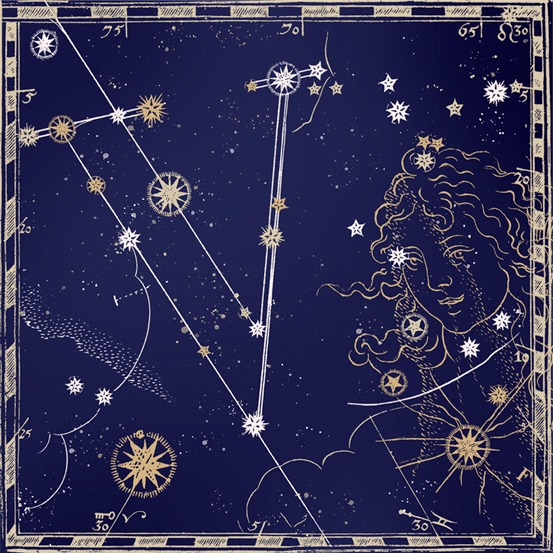
Relacionados
.jpg)
.jpg)
